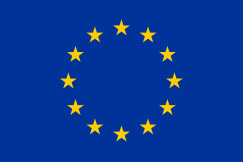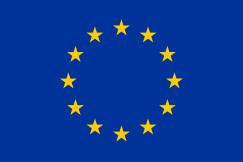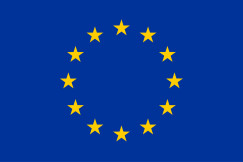Legislation
27 March 2025
Renewable Energy Directive
Legislation
27 March 2025
1. Healthy, balanced and sustainable diets for all European consumers
2. Prevention and reduction of food loss and waste
3. A climate - neutral food chain in Europe by 2050
+4 more
Login / create an account to be able to react
-
13

The EU Renewable Energy Directive aims to strengthen the EU's global leadership in renewable energy by increasing its share to 42.5% by 2030, with a potential target of 45%, aligning with the EU’s 2050 climate neutrality goals.
The Directive introduces a common system to promote renewable energy across sectors and regulates self-consumption. Key features include market-based support for renewable electricity, cooperation mechanisms, rules for consumer-generated electricity, and accelerated permits for projects.
Editorial team
European Commission - DG ENER
Topics
EU-27
EU Institutions
-
CoC aspirational objectives
-
-
1. Healthy, balanced and sustainable diets for all European consumers
-
2. Prevention and reduction of food loss and waste
-
3. A climate - neutral food chain in Europe by 2050
-
4. An optimised circular and resource-efficient food chain in Europe
-
5. Sustained, inclusive and sustainable economic growth, employment and decent work for all
-
6. Sustainable value creation in the European food supply chain through partnership
-
7. Sustainable sourcing in food supply chains
-
Share
The EU is a global leader on renewables when it comes to technology development and deployment. However, its competitiveness on global renewable energy markets could be further strengthened.
The Renewable Energy Directive, amended in 2023, aims to increase the use of energy from renewable sources to combat climate change, protect the environment and reduce EU energy dependency, and to contribute to the EU’s technological and industrial leadership and the creation of jobs and growth, including in rural and isolated areas.
It sets a binding overall target of 42.5% by 2030 for the share of renewables in the EU’s overall energy consumption, with an additional 2.5% indicative top-up for achieving a target of 45%.
Through the 2023 amendments, the EU updated its energy rules to ensure that they are aligned with its 2050 climate neutrality objective and with its objective of reducing net greenhouse gas emissions by at least 55% by 2030 compared to 1990 levels.
Additionally, it establishes a common system to promote energy from renewable sources across the different sectors. It regulates self-consumption for the first time, and establishes a common set of rules for the use of renewables in electricity, heating and cooling, and transport in the EU.
The directive includes:
- rules for cost-effective and market-based financial support for electricity from renewable sources;
- protection of support schemes from modifications that put existing projects at risk;
- cooperation mechanisms between EU Member States, and between Member States and non-EU countries;
- rules helping electric vehicles and batteries provide flexibility to our energy system by feeding renewable electricity into the grid when needed;
- rules allowing consumers to produce their own electricity, individually or as part of renewable energy communities, without undue restrictions;
- accelerated permit procedures for renewable energy projects;
- strengthened requirements for supporting and using biomass for energy, to reduce the risk of unsustainable bioenergy production.
Further information:
Related regulations:
Directive (EU) 2018/2001 on the promotion of the use of energy from renewable sources
Directive (EU) 2023/2413 as regards the promotion of energy from renewable sources
Comments (0)
See also
De Minimis Regulation
- Categories
- 2. Prevention and reduction of food loss and waste 3. A climate - neutral food chain in Europe by 2050 4. An optimised circular and resource-efficient food chain in Europe +3 more
Barriers to trade
- Categories
- 2. Prevention and reduction of food loss and waste 3. A climate - neutral food chain in Europe by 2050 4. An optimised circular and resource-efficient food chain in Europe +3 more
Regulation on Renewable Energy Financing mechanism
- Categories
- 2. Prevention and reduction of food loss and waste 3. A climate - neutral food chain in Europe by 2050 4. An optimised circular and resource-efficient food chain in Europe +3 more




